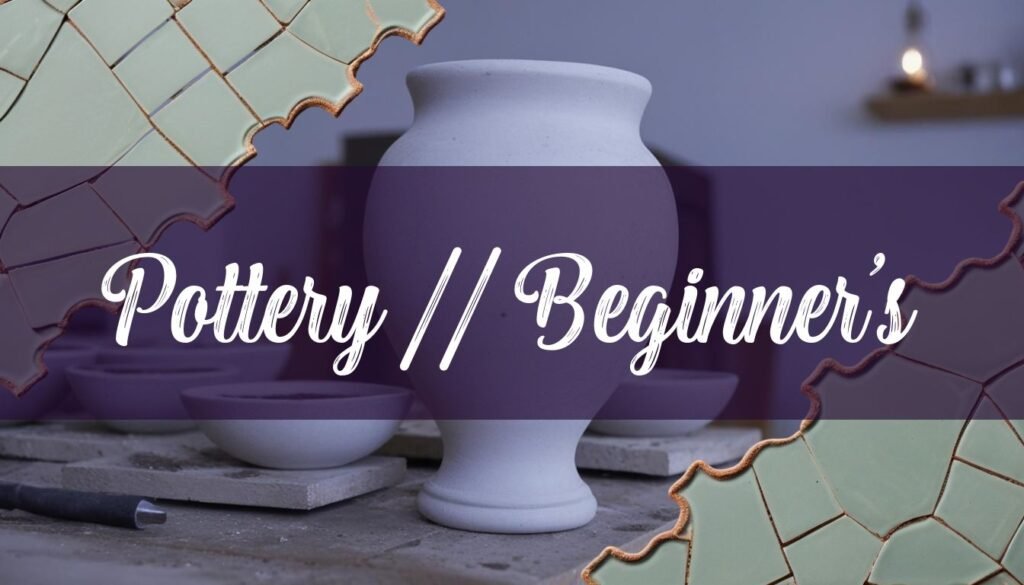What do you need for pottery? It’s a question that opens the door to a world of creativity, skill, and the sheer joy of transforming earth into art. Pottery, at its heart, is about connection – connecting with the material, the process, and the history of a craft that spans millennia. Whether you’re dreaming of crafting delicate porcelain teacups or sturdy stoneware bowls, understanding the essential tools, materials, and techniques is the first step on this exciting journey. Let’s dive in, exploring what you’ll need to start shaping your own ceramic dreams.
Understanding Clay
At the heart of pottery lies the clay itself. Choosing the right clay is crucial, as different types offer unique characteristics and firing temperatures. Earthenware clay, often the first choice for beginners, is known for its warm colors and lower firing temperatures, typically maturing between 950°C and 1,100°C (1,745°F and 2,012°F). Its high plasticity makes it easy to manipulate, perfect for those just starting. However, it’s more porous and fragile than other types once fired, requiring glazing to be made impervious to liquids. Stoneware, on the other hand, is a durable and versatile option fired at higher temperatures, typically between 1000°C and 1380°C. It’s ideal for functional items like dinner plates and vases due to its strength and non-porosity. Porcelain, often considered the most refined clay, fires to a translucent finish at high temperatures, demanding skill and experience due to its fine texture. Other clays like ball clay, fire clay, and even air-dry clay each have their unique properties, offering a wide range of possibilities for the potter. If you’re interested in learning more, you might want to explore what type of clay is used for ceramics.
Essential Pottery Tools
Essential tools are the extensions of a potter’s hands, allowing for shaping, smoothing, and detailing. For those beginning with wheel throwing, a basic needle tool, ribs (metal, wood, and rubber), wire tools, sponges, bats, knives, trimming tools, and glazing brushes are indispensable. A Mud Shark Needle Tool is highly recommended for its safety and versatility, while ribs, especially those designed by potters, are crucial for removing excess slip and shaping forms. For hand-building techniques like pinching, coiling, and slab construction, wooden modeling tools, loop, wire, and ribbon tools, fettling knives, and a good sponge are essential. These tools aid in sculpting, carving, and adding intricate details to clay creations. Pottery tool sets offer a convenient and affordable way to acquire a variety of useful tools, ensuring you have the essentials to start sculpting or refining your pottery. Remember, selecting long-lasting, durable, and comfortable tools will enhance your pottery experience and the quality of your work. To get a better understanding of necessary equipment, check out what do I need to start making pottery.
Key Pottery Equipment
Of course, let’s not forget about the equipment that brings pottery to life. While hand-building allows for creation without a wheel, the pottery wheel opens up a world of symmetrical forms and smooth finishes. Throwing on the wheel requires practice, patience, and a good understanding of clay properties, but the results can be truly rewarding. A kiln is essential for transforming soft clay into durable ceramic. Firing involves heating clay and glazes to high temperatures, maturing them to their optimal level. This process typically occurs in two stages: bisque firing, which vitrifies the clay, and glaze firing, which melts the glaze to create a waterproof and decorative finish. Electric kilns are a popular choice for their ease of use and controlled heating, while gas kilns offer unique atmospheric effects, especially in reduction firing. Understanding the firing process and how it affects the final outcome is crucial for achieving successful and beautiful pottery.
Adding the Final Touch: Glazes
Glazes add the final touch to pottery, bringing color, texture, and functionality. Glazing techniques vary, from dipping and pouring to brushing and spraying, each offering unique effects. Dipping is the easiest way to cover pottery, providing a smooth look, while brushing allows for decorative details and patterns. Spraying is best for laying down a precise base layer, and techniques like splattering and stippling can add texture and unique visual effects. Wax resist is a technique used to repel glazes and underglazes, creating patterns and designs. Experimenting with different glazes and techniques is essential for discovering the endless possibilities of surface decoration.
Embarking on the journey of pottery requires the right tools, materials, and knowledge, but it’s the passion and creativity that truly shape the art. From selecting the perfect clay to mastering glazing techniques, each step offers a chance to express your unique vision and connect with the ancient tradition of pottery. So, gather your supplies, embrace the process, and let the clay guide you as you create your own beautiful and functional works of art.





